Here’s Everything You Want To Know About Red Light Therapy
Like many great scientific discoveries, it all started by accident. Dr. Endre Mester was conducting research in Hungary to see if low-level, red light lasers could induce tumor formation in mice.1 At the time of the experiments, high powered lasers were a new invention, and secondary effects of their use had yet to be determined.
But instead of causing tumor growth, the low level lasers that Dr. Mester was using actually improved hair growth, as well as wound healing in the experimental mice. This unexpected result led to the birth of what Dr. Mester called laser bio-stimulation.
Today, this therapy is commonly known as low level laser/light therapy (LLLT) or more recently as photobiomodulation (PBM), and is attracting attention for its wide range of applications. Research is beginning to show the incredible potential of this therapy to go above and beyond wound healing.
The evidence shows that PBM may decrease inflammation, improve recovery from injury, promote youthful skin, enhance cognitive function, and provide a competitive edge in athletic performance. PBM has also shown promise when it’s used in response to neurologic conditions, including acute brain injuries, and degenerative neurologic diseases like Alzheimer’s and Parkinson’s disease.
Curiosity piqued yet? Let’s detail what exactly PBM is, how it works, and how you and your loved ones might benefit from this simple, non-invasive, and cost effective therapy.
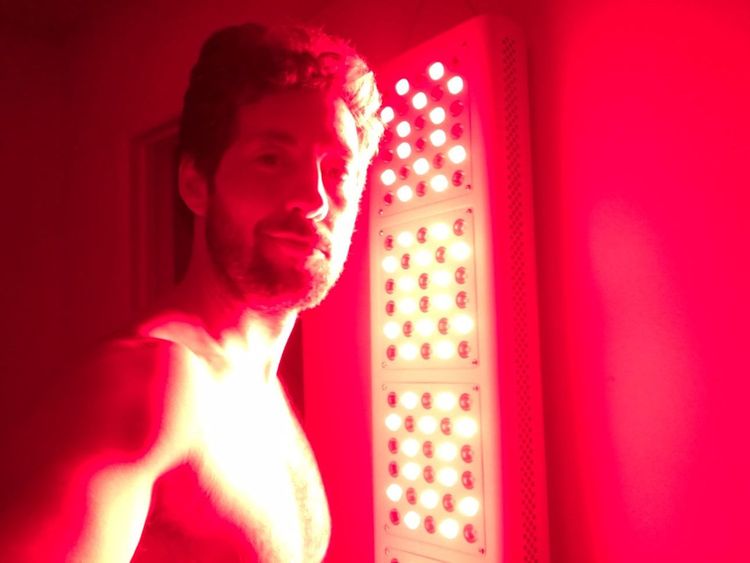
What is Photobiomodulation?
The definition is actually pretty simple when you break down the word. Photobiomodulation (PBM) is the use of light (photo) to modulate living (bio) systems.
While it’s commonly referred to as low level laser therapy (LLLT), it’s actually not entirely necessary to use lasers to achieve results. It’s the color of the light rather, determined by its wavelength, that makes the magic happen. Light emitting diodes (LED) lights, which are less expensive and much easier on the eyes, are now being used to deliver similar results.
Light exists as particles, or photons, in a wave form. Light has different characteristics depending on the length of each of its individual waves, referred to as its wavelength. All light exists in a spectrum ranging from very short wavelengths to very long wavelengths.
Different materials absorb photons of light differently, depending on the wavelength of the light source. This property is what allows us to see color. An object that appears red isn’t absorbing the particular wavelength of red light (600-700 nm) while all the other wavelengths of light are being absorbed.
PBM isolates specific wavelengths of light that can be well absorbed deep in the body, and inside cellular structures to optimize cellular function. This property of addressing dysfunction on a cellular level makes this therapy useful in a wide array of conditions.
How Does it Work?
Dr. Michael Hamblin, PhD. is a pioneer in the research and application of PBM. Dr. Hamblin emphasizes the importance of using specific wavelengths of light in the red and near infrared (NIR) spectrum range in order to reap most of the benefits of PBM. This includes light with wavelengths between 600-1150 nanometers.2
In the red and NIR wavelength range, light is better able to bypass material in our body that can scatter or absorb light. This bypass directs the light to deeper cellular compartments of the skin and body.
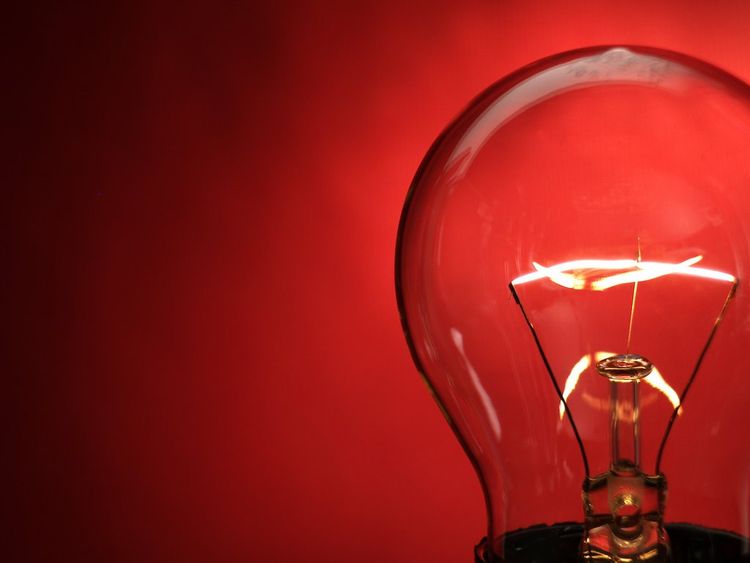
Once the light is able to arrive at these deeper levels in the body, it can be absorbed by the mitochondria in our cells. Our mitochondria are essentially the powerhouses that drive our very life force. They’re in charge of creating cellular energy in the form of adenosine triphosphate (ATP), and are vital to proper cellular function.
So how does the light actually affect the mitochondria, and consequently affect the cell itself?
There are a few different mechansims:3,4
1. The mitochondria contain an enzyme called cytochrome C oxidase (CCO) that absorbs light in the red/NIR spectrum used in PBM.
CCO is an enzyme involved in the production of ATP in the mitochondria.
When CCO absorbs red/NIR light, it becomes more active and more efficient at turning the fuel we eat into ATP, with the help of oxygen.
The result is an increase in oxygen consumption and a net increase in ATP production, which translates to increased cellular energy.
There are also increased concentrations of cAMP, a byproduct of ATP. Both ATP and cAMP can act as signaling molecules to up-regulate particular cellular processes involved with defense and repair.
2. Nitric oxide (NO), which can bind and inhibit CCO, is removed from the enzyme in response to the absorption of red/NIR light.
When too much NO is bound to CCO, which may be the case in poorly functioning cells, it can inhibit the production of ATP. When CCO absorbs the light energy, it has enough energy to kick the NO off, increasing its ability to make ATP.
The un-bound NO is also a signaling molecule, meaning it can up-regulate different cellular functions and promote the release of other chemical messengers. NO can also have a vasodilatory effect in the blood vessels, helping to improve blood flow.
3. There is a temporary increase in reactive oxygen species (ROS) with the absorption of light in CCO
The temporary increase in ROS sends a message to the cell that it needs to up-regulate the production of its anti-oxidant defense molecules. While the increase in ROS is temporary, the upgraded antioxidant defense system is longer lasting.
Other cell signaling pathways are triggered by the interaction of light with ion channels in the cell membrane. Calcium, for example, is an important cell signaling molecule that can be affected by PBM based on the interaction with these channels. Transient spikes in Calcium, NO, ATP, cAMP, and ROS, work together to mobilize cell signaling pathways that have long lasting effects on cellular health.
So what’s the sum of these parts? According to Hamlin, the net result of all the intricate biochemical mechanisms described above includes:2
- Increased cellular metabolism
- Increased cellular division
- Increased cellular protein synthesis in a variety of different cell types.
And since your cells can essentially dictate your quality of life, you want them functioning as optimally as possible.
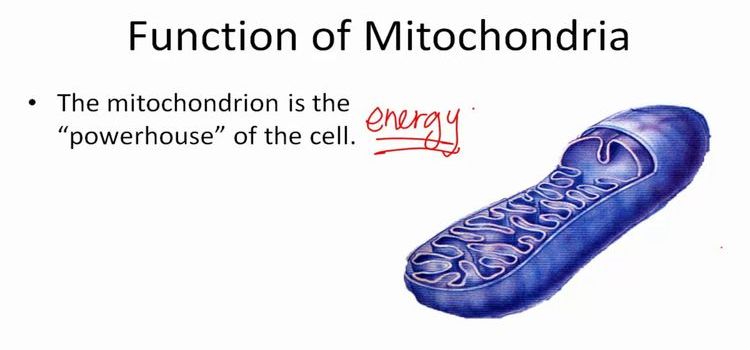
What Can PBM Be Used For?
Because PBM supports optimal cellular function, and our whole body is composed of cells (including our immune system), its use is far reaching. Its most popular applications are for pain and inflammatory conditions. Below is a short list of the conditions PBM may be beneficial for, according to the research:
- Skin:5
- Inflammatory skin disorders like acne and psoriasis
- Autoimmune skin disorders such as Vitiligo
- Wound healing
- Skin rejuvenation (AKA less wrinkles)
- Reducing appearance of scars
- Musculoskeletal system:6,7
- Injuries of muscles, tendons, bones, and cartilage
- Increased muscular endurance
- Reduced recovery time and reduced delayed onset muscle soreness
- Neurologic4,8,9
- Stroke
- Traumatic brain injury
- Degenerative neurologic conditions
- Alzheimer’s Disease
- Parkinson’s disease
- Overall cognitive enhancement
- Depression/anxiety
- Eyes10,11
- Macular degeneration
- Diabetic retinopathy
While these applications are seemingly disparate, they all have something in common: preservation or reinstatement of optimal cellular function.
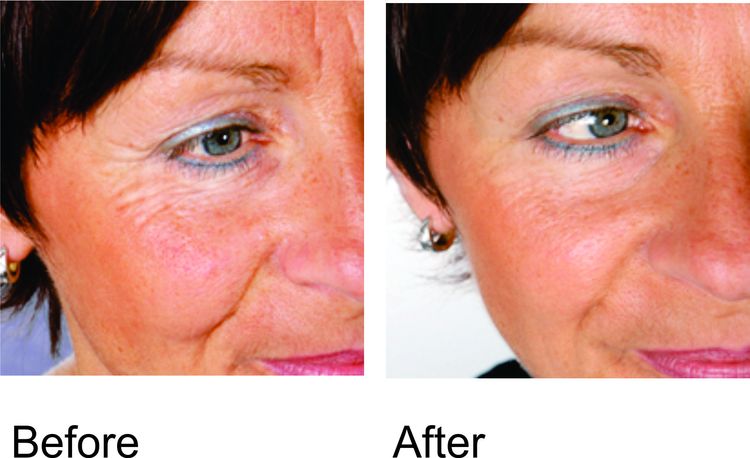
There are likely many other conditions not included on this list that could benefit from the cellular upgrades that come from PBM. One study suggests that it may also be useful in negating the effects of having a heart attack, known as re-perfusion injury.12 There’s also anecdotal evidence of beneficial effects in chronic kidney failure.13
This therapy has TONS of potential. There’s still a lot of research that needs to be done in terms of clinical trials with larger sample sizes to solidify the use of PBM for the above conditions. However, what we can conclude from preliminary research on PBM is that this therapy is versatile, cost effective, non-invasive, and very low risk, with potentially life altering benefits.
Variables in PBM
The use of PBM in terms of the device, wavelength, and frequency that you choose may differ between conditions.
For example, red light in the range of 600-700 nm can be used for skin conditions, since this shorter wavelength is better absorbed by the cells of your skin. The NIR light between 780-950 nanometers can penetrate deeper into the body and may be better suited for internal conditions, like damage to joints or neurodegenerative diseases like Alzheimer’s. Some applications use a combo of red and NIR simultaneously to optimize cellular function on the outside and the inside.
The benefits of PBM are also biphasic in nature, meaning that there’s a threshold you have to meet to see results. But if you go way too far past the threshold you may reach a point of diminishing returns, and possibly produce negative effects. In order to ensure you’re getting the right amount of therapy, three measures of your PBM therapy should be considered after you decide on a wavelength.
- Power density/ Irradiance
- You can think of this measurement as the intensity or strength of the light source.
- It’s usually measured in mili-Watts/centimeter squared (mW/cm2).
- Dosage
- This measurement is the amount of energy you’re getting into the tissue, based on how long your treatment is.
- It’s usually measured in Joules/centimeter squared (J/cm2), as determined by the time of your treatment and the irradiance of the device.
- Frequency
- This is the number of waves in a light source at a specific wavelength that pass a single point in a given amount of time. It’s a measure of the speed of the light at its specific wavelength.
- It’s usually measured in Hz.
- This measurement is only relevant for pulsed light sources and not for continuous light sources.
In an interview with Dr. Mercola, Hamblin suggests that pulsed light with frequencies at 10 or 40 Hz may be superior to continuous light for optimizing cognitive function.13
Hamblin also suggests in this interview that using a power density between 10-20 mW/cm2 and using 10-20 minutes per day would give you an effective, safe, dose of PBM.13 Always refer to the guidelines according to specific devices in designing your therapy!
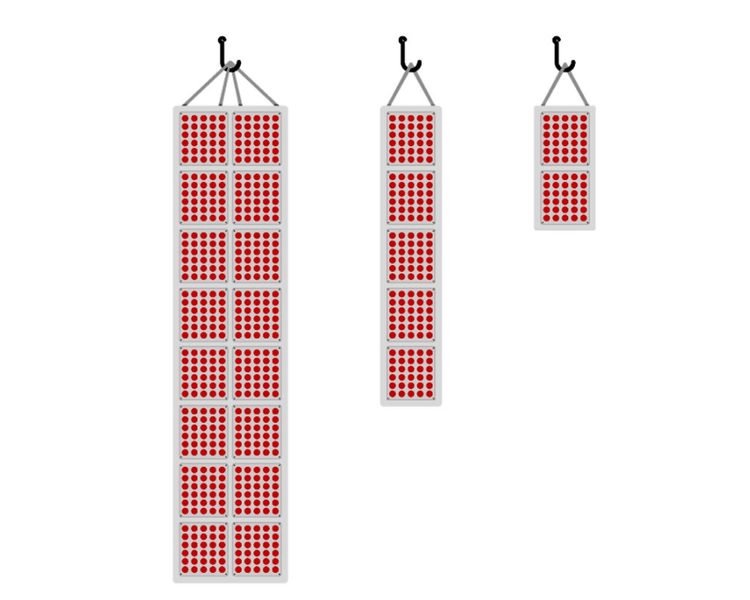
Choosing the Device That Best Fits Your Needs – Say Hello to Joovv
At this point you may be wondering where you can get your hands on one of these PBM devices.
While there are several companies offering therapeutic light devices, I’ll mention two companies that utilize red/NIR LED lights that are in the effective wavelength ranges. As we mentioned earlier, you don’t need laser light to reap your PBM rewards, and LEDs are safer and much more affordable. Both companies are backed by the current research and are actively expanding areas for future research in PBM and its applications.
The first company I’ll draw your attention to is a U.S. company called Joovv. This is the absolute top of the top, the Rolls Royce of PBM companies. Dr. Hamblin, the PBM expert I’ve been referring to throughout this article, is on their scientific advisory board. With this in mind, you know it’s a company that’s backed by the most current research in the field.
Joovv products provide red light and NIR alone or in combination at the wavelengths that are shown to be absorbed the best by our mitochondrial enzymes. These products also have the benefit of being life-size yet can hang discretely on the back of a door in your home. If you’re a medical professional you can combine multiple units to create a full body treatment option for your patients.
The irradiance or power density of Joovv products is 100 mW/cm2, meaning you need less treatment time to get the effective dosage. The units are also equipped with fans, so the power of your light isn’t lost in the form of heat. Joovv devices give you full body exposure to red/NIR light to get maximum system wide results. The bottom line is that for full-body PBM, Joovv is the best you can get, period.
If you’re interested in getting your hands on a Joovv, the amazing team over there has offered our readers an exclusive $25 discount on all Joovv products. Just use discount code HEALEVATE at checkout. Our very own founder, Jordan, has been personally using a Joovv device now for a few months, and the results have been noticeable.
To be clear, this isn’t a get-well-quick scheme. This is something, that when used consistently, can transform the state of your cellular composition, and ultimately enhance your overall wellness. All it takes is about 12-20 minutes a day, and all you need to do is stand in front of the device. No exercising, no sweating, no straining.
I’d also like to briefly mention a second company, which offers different designs, and is also well-informed from a scientific standpoint. Vielight is a Canadian company that specializes in red and NIR head gear and/or intranasal devices.
Vielight was founded by Dr. Lew Lim, who also has a prominent foot hold in the PBM scientific literature. Dr. Lim and his colleagues designed a small case series trial using his device in dementia patients with such promising results that a larger scale clinical trial is now underway.8
The Vieilight device differs from Joovv in that it has a smaller surface area of application, but delivers light directly to the brain through the nose, and through certain areas of the skull.
It’s important to keep in mind that although effects may be more pronounced in the areas of direct application, research has shown system wide benefits from localized application of light.4 The other idea behind intranasal devices is that it has access to the rich intranasal blood vessel network, which is responsible for filtering a lot of the blood in the body. The effect of red/NIR light on blood is less clear because red blood cells themselves do not contain mitochondria.
However, intranasal PBM has shown to be beneficial for cognitive and systemic conditions.4 It’s theorized that PBM increases red blood cell oxygenation and may have positive effects on white blood cells, which do contain mitochondria.14
There are a couple of different Vielight options to choose from depending on if you’re wanting more of a brain boost or systemic effects. Unlike Joovv, Vielight doesn’t offer combination red/NIR devices. The brain boosting devices utilize NIR while the systemic devices use red light. As an added bonus, Vielight Neuro devices use pulsed light sources with frequencies of 10 or 40 Hz which have specific applications in cognitive enhancement.
If you’re looking for something specifically to enhance cognitive function, it’s worth reading up more on the VieLight. If you’re looking for systemic benefits, with a focus on anti-inflammation, cellular optimization, and mass-level benefits, Joovv is again the best you’ll find. There’s simply nothing that compares to it.
Key Points to Remember About PBM and Light Therapy
Hopefully now you are able to understand and see the amazing potential of using light as medicine. Whether you have a condition with broken cell metabolism or you just want to optimize your cellular function to take preventative action in your health, PBM could be a great tool.
Here are some key things to remember as you begin your PBM journey:
- Expensive laser therapy may not be necessary. LED lights deliver similar results.
- Red and NIR light is most effective for energizing your mitochondrial enzymes and cell membranes to decrease inflammation, and mobilize cellular defense and repair.
- Getting the right dose is crucial. For this you have to know the irradiance and adjust the time of your treatment accordingly.
- It’s a low risk, high-reward therapy backed by the scientific research of its application to a broad spectrum of conditions.
- Buy your device from a reputable company. Again, we feel strongly that Joovv is the best out there. Don’t forget to use discount code HEALEVATE at checkout.
